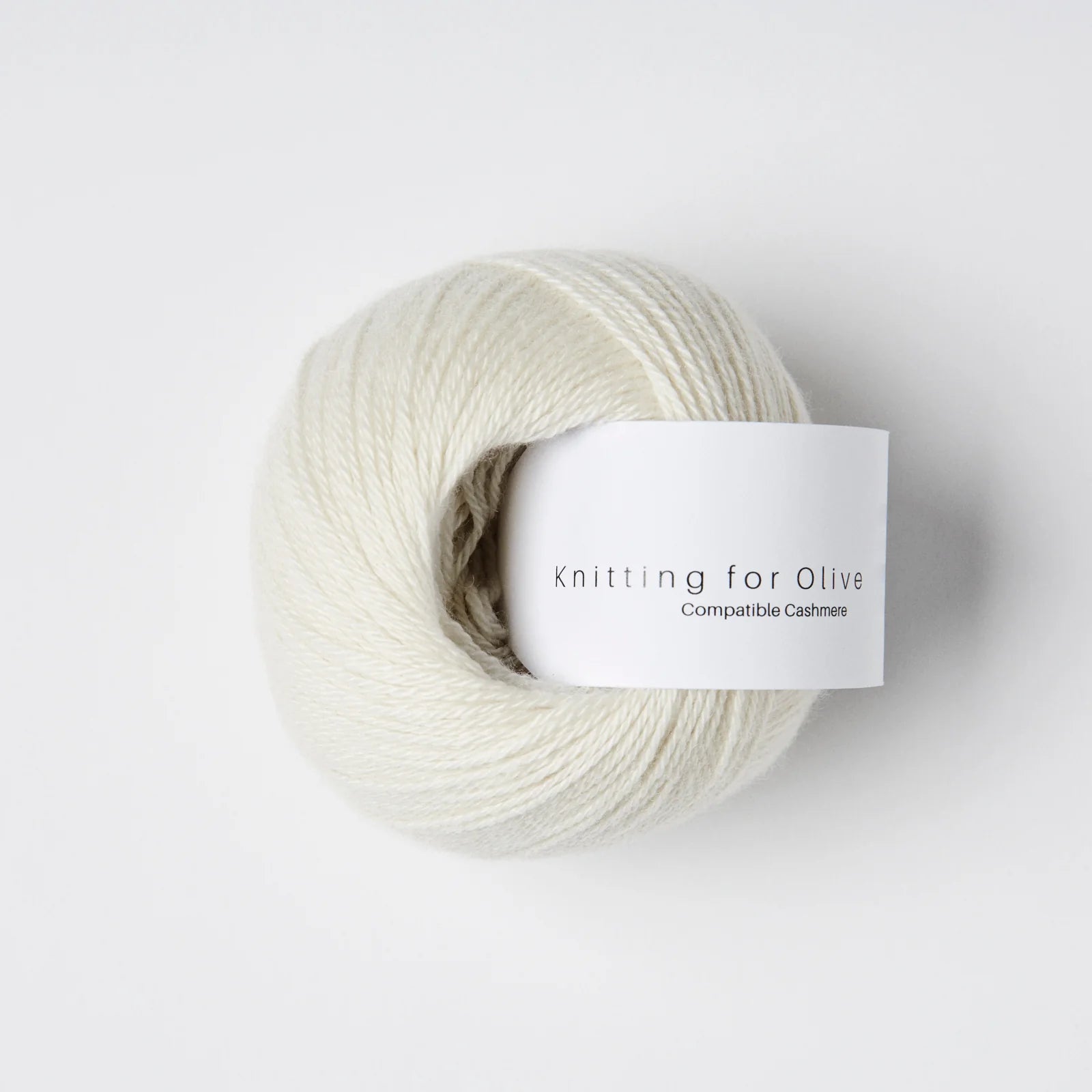What Is Cashmere? Exploring the High-Quality Material Loved by Fashion Experts
What Is Cashmere? Exploring the High-Quality Material Loved by Fashion Experts
Blog Article
Factors You Should Need Cashmere a Natural Fiber for Convenience and Style in Everyday Use
In the world of textiles, few fibers measure up to the high-end and comfort of cashmere. This unique material, understood for its superior gentleness and insulation, supplies unmatched comfort and elegance for day-to-day wear. But what establishes it besides other fibers? Just how does it affect the setting and how does it compare to artificial alternatives? In addition, just how can one best make use of cashmere to boost their style? These intriguing questions lay the foundation for an enlightening expedition into the globe of cashmere.
Comprehending the Glamorous Nature of Cashmere

Reviewing the Comfort Element of Cashmere Garments
Cashmere's distinct fiber framework allows for breathability, controling temperature level and preventing getting too hot. Cashmere's hypoallergenic buildings additionally add to its convenience, making it a perfect option for delicate skin. In essence, the convenience of cashmere is acquired from its gentleness, breathability, durability, hypoallergenic nature, and versatility.

The Environmental Impact and Sustainability of Cashmere
While the convenience and sophistication of cashmere are certainly enticing, it's similarly crucial to consider its connection with the environment. Cashmere production, largely in Mongolia and China, includes elevating cashmere goats, which can considerably strain vulnerable meadow ecosystems due to overgrazing. This can cause desertification, a pushing environmental issue. The handling of cashmere, including coloring and cleaning, can also contribute to water pollution if not correctly managed. Initiatives are being made to develop sustainable cashmere production techniques, such as rotational grazing and cleaner processing techniques. Therefore, while cashmere has environmental effects, its sustainability largely relies on production methods.
Contrasting Cashmere to Artificial Fibers: A Cost-Benefit Evaluation
In spite of its environmental difficulties, cashmere offers a distinct collection of advantages over artificial fibers. On the price side, cashmere is undeniably extra expensive as a result of its labor-intensive production procedure. The advantages make it worth the investment. Cashmere's natural fibers provide unparalleled gentleness and warmth, translating into convenience that synthetic fibers battle to match. Moreover, cashmere pieces are extremely sturdy, promising long life that offsets initial prices gradually. Unlike synthetic fibers, cashmere does not add to microplastic air pollution, making it a more lasting option. On the other hand, artificial fibers, while less costly upfront, provide much less comfort, have shorter life expectancies and posture my link environmental worries. Thus, when evaluating cost-benefit, cashmere's superior top qualities make it a rewarding investment for day-to-day wear.
Styling Tips With Cashmere for Everyday Beauty
Having thought about the cost-benefit evaluation of cashmere contrasted to synthetic fibers, it becomes clear why this extravagant product is a popular selection for numerous. When styling cashmere for day-to-day elegance, simplicity is key. A cashmere coat, as an example, can be combined with customized trousers or a sleek skirt for a posh, put-together look - cashmere fibre. For an extra informal set, a cashmere cardigan used over an easy tee shirt and jeans exhibits easy style. Devices can even more boost the look: a declaration locket or scarf can include a pop of color to a neutral cashmere piece. Ultimately, the integral sophistication of cashmere makes it a functional enhancement to any wardrobe, effortlessly enhancing day-to-day outfits with a touch of luxury.

Conclusion
In recap, the exceptional i was reading this buildings of cashmere make it a valuable enhancement to any type of closet. Its glamorous feeling, adaptability, convenience, and breathability to differing temperatures are exceptional. On top of that, cashmere's sustainability and lower environmental impact contrasted to synthetic fibers additionally boost its charm. The ageless sophistication of cashmere, integrated with its convenience, adds elegance continue reading this to daily wear. Spending in cashmere garments is a beneficial decision for comfort, sustainability, and design.

Report this page